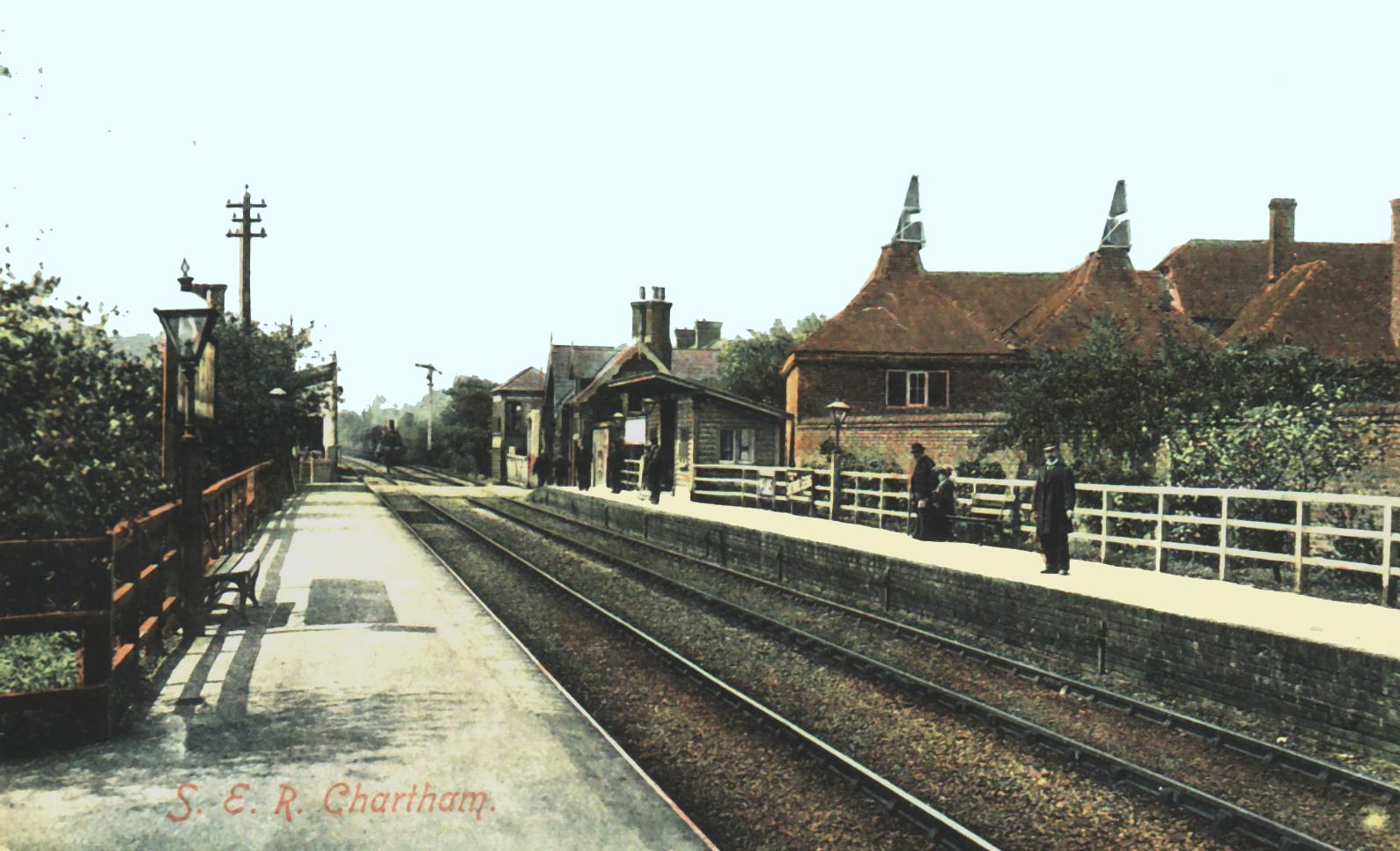
|
South Eastern Railway 1842 - 1898 |
Ken Elks Copyright © 2005
By 1842 there were over 1,600 miles of railways in Britain, yet the only operational railway in Kent was the Canterbury & Whitstable, only five miles in length, and that was only just surviving. The problem for Kent was that there were no large centres of industry and commerce, with their concomitant high population, found elsewhere in the country. Consequently there was no rush to build the likes of the Liverpool & Manchester, London & Birmingham, London & Southampton or Great Western Railway. So when the South Eastern Railway was conceived it was in order to connect London with a small but important town, the Channel port of Dover, but, more significantly, from there to the whole of Europe.
The SER had one immediate problem. Parliament was trying to restrict the number of railways into London, so the SER was forced to use part of the London & Greenwich Railway's line from London Bridge. To make matters worse, the SER also had to share the London & Croydon Railway's line into the capital from a junction with the L&GR at Corbetts Lane and also with the London & Brighton Railway from Jolly Sailor (later Norwood Junction) to Stoat's Nest, north of Redhill. Thus it was that in order to reach Kent, the SER had first to travel some 17 miles southwards, before turning east to run through the heart of Kent. However, although this route gave them the benefit of an almost straight and fairly flat run all the way to Ashford, it did so at the expense of omitting all the major centres of population.
SER trains began operating from London Bridge to Tunbridge (later Tonbridge) on 26 May 1842, with intermediate stations at Reigate Road (just south of the junction with the Brighton line and actually at Redhill), Godstone, Edenbridge and Penshurst. This was extended through Maidstone Road, Staplehurst and Marden to Headcorn on 31 August 1842. The SER station at Reigate Road lasted just a short while. Passengers found it inconvenient when changing to Brighton trains (and vice versa) and in 1844 a new joint station was opened just north of the junction, though still called Reigate (until 1858 when it was renamed Red Hill).
Although the line had reached Ashford on 1 December 1842 it was six months before the section to Folkestone was ready (on 28 June 1843) and, because the Foord Viaduct across the town was incomplete, only to a temporary station situated at the western end of the viaduct. Construction difficulties through the Warren, between Folkestone and Dover, brought more delays, which necessitated huge sections of the cliffs to be blown up. The first, on 26 January 1843, used over eight tons of gunpowder; another on 2 March used nearly three tons, and a third less than two tons but still managed to remove a creditable 30,000 tons of chalk. The line finally opened to Dover on 7 February 1844.
Meantime, the SER was experiencing problems with the high tolls paid to the London & Greenwich Railway for the use of their track and in company with the L&CR and L&BR tried to break this stranglehold by taking over control of London Bridge station. Another example of co-operation between the three was the setting up of a joint locomotive department based at New Cross. Although this worked well for a time, the arrangement collapsed amid great acrimony early in 1846.
Despite intervention by the Board of Trade, the L&GR refused to reduce its toll, so the L&CR and SER combined to build a branch to a new terminus at Bricklayers Arms, thus totally avoiding the L&GR. This opened on 1 May 1844 and quickly caused the L&GR to submit. The SER took over the L&GR on a 999 year lease from 1 January 1845 and, the following year, the L&CR was absorbed by the L&BR to become the London, Brighton and South Coast Railway.
Now that matters were being resolved to their satisfaction, the SER began a programme of expansion. From September 1844 they leased the Canterbury & Whitstable Railway (eventually purchasing the line in 1853). A branch from Maidstone Road, now renamed Paddock Wood, opened to Maidstone on 25 September 1844. Tunbridge to Tunbridge Wells opened on 20 September 1845 and work commenced on the line from Ashford to Ramsgate along the Stour Valley. This opened to Canterbury on 6 February 1846, where the new station cut across the C&WR and Ramsgate on13 April. A branch line from Ramsgate, which necessitated a train reversal, took the railway to Margate, opening on 1 December 1846. Another branch, from Minster to Sandwich and Deal, opened on 1 July 1847.
In 1845 the Gravesend and Rochester Railway opened a line from Gravesend to Strood (at the time called Rochester) by utilising two former Thames & Medway Canal tunnels. This line was purchased by the SER in 1846 as part of their scheme to provide a link to Chatham and services temporarily discontinued while the line was being upgraded, works which included filling in the canal and laying a double track. It reopened on 23 August 1847. Work then commenced on a new line from London to connect to this isolated length of railway. This ran from North Kent East Junction on the former London & Greenwich in a loop via New Cross (& Naval School), St. Johns, Lewisham and Blackheath, then through a tunnel to Charlton and alongside the south bank of the Thames to Woolwich (Dockyard), Abey Wood, Erith, Dartford, Greenhithe, Northfleet and finally Gravesend. This came into operation on 30 July 1849. A station at Woolwich Arsenal opened a little later, on 1 November 1849, which, for a short time, was called East Woolwich.
It was also in this period that the Folkestone Harbour branch opened for passengers on 1 January 1949. It had been used for the carriage of goods since 1843.
The Reading, Guildford and Reigate Railway was first proposed in 1845 to take advantage of other railway developments in Surrey, Hampshire and Berkshire. The scheme intended to link the LBSCR and SER station at Redhill (then called Reigate) to the London & South Western Railway at Guildford and the Great Western Railway at Reading. It also intended a link with the Direct London & Portsmouth Railway at Dorking. The project received several setbacks, for example when the DL&PR relinquished its plans to build a line between Dorking and Gomshall, forcing the RG&RR to build it instead, and with the LSWR around Aldershot. Nevertheless, with the backing of the SER work went ahead. Because much the middle section was still incomplete, two sections at opposite ends of the line opened first, that from Reading to Farnborough and the other from Reigate (i.e. Redhill) to Dorking, both on 4 June 1849. Two more short sections were added on 2o August and the final part on 15 October. It is probable that services were opeared by the SER from the outset, but in March 1850 they leased the line from the RG&RR and purchased it on 15 March 1852. At first there was no actual junction with the GWR at Reading - that came several years later. At the beginning, the SER operated a separate station.
The next major development was the extension southwards from Tunbridge Wells to Hastings, via Frant, Wadhurst, Etchingham, Robertsbridge, Battle and St Leonards, opened in stages as usual, but completely on 13 February 1851. On the same day a line from Ashford to join up with this, via Appledore, Rye and Winchelsea, also commenced services. By this time the SER and LBSCR had agreed on a demarcation line between the two railways so that each avoided infringing each other's territory. By 1856, when the SER had brought its new through station into use at Strood and extended from there along the Medway valley to link up with their original Maidstone station, the picture seemed quite rosy. It was at this point that a new player entered the arena, the East Kent Railway, better known by the name it adopted in 1859, the London, Chatham & Dover Railway.
The Mid-Kent Railway was a protegé of the SER at a time when it was customary for the established railways to promote schemes through new companies and, if they were successful, eventually take them over. Despite its title, the MKR was most concerned with schemes to build railways in an area close to London previously left vacant, between the line to Croydon and Redhill and the SER's North Kent line. The backing of the SER was, to an extent, based on its mistrust of the LBSCR. They were also concerned that their long route to Dover via Redhill left them open to competition from a more direct route. Another new undertaking that started to take an interest was the West End of London and Crystal Palace Railway, which proposed a line from Bromley (actually Shortlands and quickly renamed as such) to the Victoria and Pimlico Railway and that company's new station being built at Victoria. The first part of the MKR to come into operation was a line from the North Kent line to join the WEL&CPR at Beckenham, opened 1 January 1857. This was operated by the SER in exchange for 50% of the receipts. Another proposal, the Mid-Kent Railway (Bromley & St Mary Cray) (Bromley in this case being what became known as Shortlands) was also taken over by the SER and began services on 5 July 1858.
This latest acquisition brought the SER into direct conflict with the LCDR as it lay in the path of their line from Rochester to connect to the WEL&CPR. The SER had already failed in its opposition to the LCDR's line to Faversham (and therefore Canterbury and Dover) that gave the LCDR access to the North Kent line for services to London Bridge. Two years of an increasingly dispute ended unhappily for the SER when they were forced to relinquish the Crays Railway to the LCDR. The era that followed was one of intense rivalry, with the SER driven to taking over many unremunerative schemes in order to thwart anything that they perceived as a threat to their territory from the LCDR.
Not everything in that period was unproductive. A spur from the Tonbridge line enabled direct running to Hastings, a connection was put in place to the GWR at reading (though mostly for the transfer of goods rather than passenger services). Another spur, at St Lawrence on the Isle of Thanet, enabled trains to run directly to Margate without the need to reverse at Ramsgate. In 1859 the SER purchased the Caterham Railway, which they had operated since 1857. The long-opposed extension from Greenwich to Maze Hill, which opened on 1 February 1878, brought about a direct connection to the North Kent line and improved services. Two new termini were opened just North of the Thames, at Charing Cross on 11 January 1864 and Cannon Street on 1 September 1866. For this the SER's London Bridge station had to be rebuilt as a through station. There was an intermediate station at Blackfriars, but this closed at the end of 1868 when a new station, Waterloo Junction, was built a few hundred yards away with a spur connecting to the LSWR. The main improvement, forced by competition from the LCDR, was the more direct route to Tonbridge via Chislehurst and Sevenoaks, which was brought into full operation on 1 May 1868 for local trains and 1 June 1868 for express trains, making the long deviation via Redhill obsolete. Shortly before this, the Dartford Loop line was opened on 1 September 1866, from a junction with the New Cross-Chislehurst line (which had opened in 1865), via Lee, Mottingham, Bexley and Crayford. A branch from Grove Park, on the new direct route to Tonbridge, to Bromley (later Bromley North) was opened by the Bromley Direct Railway on 1 January 1878 and taken over by the SER in 1879. In a rare moment of sanity, the LCDR and SERR combined to build the Dover & Deal railway, which they operated jointly, though, one feels, with more obvious benefit to the LCDR, which put in a spur enabling a direct competing service between London and Deal. This came into operation on 14 June 1881. The West Wickham and Hayes Railway opened on 29 May 1892, with services from the SER's Elmers End station to Hayes. This was operated by the SER from the outset. The final major line to be taken over by the SER was the Bexleyheath Railway which provided a third service from Lewisham to Dartford, via Kidbrooke, Welling, Bexleyheath and Barnehurst, which opened on 1 May 1895.
All these developments enabled the SER to extend and improve their services. This was not the case elsewhere, when their greater financial muscle enabled them to triumph over the LCDR (most of the time), to build a series of lines, which were, even at the time, recognised as having only marginal prospects for a financial return. They number among them practically all the lines in Kent which have been subsequently closed. To reinforce this point, the only former LCDR lines to have closed were those where they won the right to build them.
The SER already had powers to build a branch to Hythe and Sandgate, but did nothing about it until the advent of the LCDR made it reconsider. The SER owned the harbour at Folkestone but the route to it, which required a reversal at Folkestone Junction, was unsatisfactory. When the Hythe and Sandgate Railway was incorporated in the hope of taking over from the SER, the SER decided to build the line itself, opening on 9 October 1874. However, plans to continue through to Folkestone Harbour came to nothing when they were opposed by a local landowner, Lord Radnor. A new station, Sandling Junction, was built on the mainline to serve the branch, which operated a shuttle service.
Another line that was to prove uneconomic, was the Westerham branch . The SER had already received permission for such a line among powers granted by Parliament for several other railways in the area, but had not bothered to proceed with them. At one time they had considered asking to abandon these proposals but in 1875, local people proposed building the Westerham Valley Railway to connect with the Croydon & Oxted Railway, then under construction. This alarmed the SER to the extent that they agreed to construct the line as long as the link to the C&OR was withdrawn. Even then, it was not until 1879 that work commenced. The line opened from Dunton Green to Westerham on 7 July 1881.
The Hundred of Hoo Railway was more directly conceived in opposition to the LCDR. It was at first a private venture which the SER chose to support with the idea of setting up a boat service to Belgium and Holland and a ferry service to Sheerness in competition with that of the LCDR, whose route to Sheerness via Sittingbounre was much longer. It connected the North Kent Line at Hoo Junction to a new facility, Port Victoria at the end of the Hoo Peninsula across the Isle of Grain. There were two intermediate stations, at Cliffe and Sharnal Street. The line opened to Sharnal Street on 1 April 1882 and Port Victoria on 11 September. In the event the line did not generate much traffic, though the Royal family often took advantage of the remoteness of Port Victoria when they wished to avoid the public gaze in their travels. After 1895 winter trains terminated at Sharnal Street. It has been estimated that by then the line was losing £15,000 a year.
Romney Marsh had been ignored by all railway promoters because it lacked any major centres of population or much in the way of local industry. At a later stage the SER conceived the idea of building a port at Dungeness and entered into negotiations with the New Romney Railway, which had obtained an Act, passed in 1866, to build a line across the Marsh. It was not until the LCDR started to take an interest in a harbour at Dungeness that the SER was prompted into action. From the moment the enabling Act for the Lydd Branch was passed in April 1881 to when the line was ready took less than nine months, the section from Appledore to Lydd opening on 7 December. A factor in this speedy construction was the sparse population, which made the acquisition of land much easier and obviated the necessity for gated crossings. Although it was already in use for goods traffic, the line to Dungeness did not open for passengers until 1 April 1883 and the extension to New Romney on 19 June 1884. The working of this line was strange, involving as it did a reversal at Dungeness on the outward journey, and two more reversals on the return from New Romney, in and out of Dungeness. The passenger traffic at this remote station could never have justified such a complex procedure.
The Elham Valley Railway was empowered in 1866 to build a line between the SER's Canterbury and Folkestone stations, but this was allowed to fall into abeyance. When the LCDR proposed to build their own line to Folkestone in 1878, the SER became interested in the EVR again. Despite this it was not until 1884 that the SER was granted permission by parliament to take over the construction of the EVR and work commenced almost immediately.on the line from Cheriton to Harbledown Junction, nearCanterbury. Services from Folkestone to Barham on the lower part of the line opened on 4 July 1887, with intermediate stations at Lyminge and Elham. Disputes with local landowners caused the northern section to be delayed for over two years, finally opening on 1 July 1889. Passenger traffic was always low on the Elham Valley line, as was goods traffic except, in both cases, to and from Lyminge.
Another lossmaker was the Hawkhurst branch. This started as the Cranbrook & Paddock Wood Railway and opened from the SER at Paddock Wood to Goudhurst (originally known as Hope Mill) on 1 October 1892, and extended to Hawkhurst on 4 September 1893. This line suffered because most of the stations were remote from the places they ostensibly served, and traffic was always light. There were proposals to continue the line to Tenterden or to Appledore, where it would link into the line between Ashford and Rye, but the SER decided not to proceed. A similar idea, intending to extend from Hawkhurst to Hastings instead was also abandoned.
The final folly of the SER was the Chatham Central branch. The railway service between the SER's Strood station and the LCDR's Rochester station had been abandoned around 1860 when the LCDR services to Victoria began. In 1876 the Mayor of Rochester, J. Toomer, applied to the Board of Trade for reinstatement of these services as they had been withdrawn without permission. Accordingly the spur connecting the two railways had to be put back in place and was called the thereafter referred to as the Toomer Loop. The new services, operated by the SER began on 2 April 1877. This inspired the SER to consider other ways to spite the LCDR and they did so by promoting a new line from Strood to Chatham. This necessitated a new bridge over the Medway parallel to the LCDR's bridge and two new stations at Rochester (also known as Rochester Common) and Chatham Central. The whole line on the Chatham side of the Medway was built on a viaduct and opened on 1 March 1892. In retaliation the LCDR opened a new station at Rochester on the same day. Chatham Central station was a misnomer as it was actually in Rochester and as Adrian Gray observed in his book (see below) "not central to anything except, perhaps, SER ambitions". The most lasting outcome of the branch was that after the line was closed in 1911, the main line from Rochester was diverted over the SER's bridge, which is still in use today.
By the mid-1890s, the feud between the SER and LCDR had begun to abate as more sensible heads began to take over. After considerable discussions, the SER and the LCDR combined under the South Eastern & Chatham Railway Management Committee to operate as one railway with pooled resources, the profits to be shared, the SER taking 60% and the LCDR 40%. The new SE&CR took over on 1 January 1899.

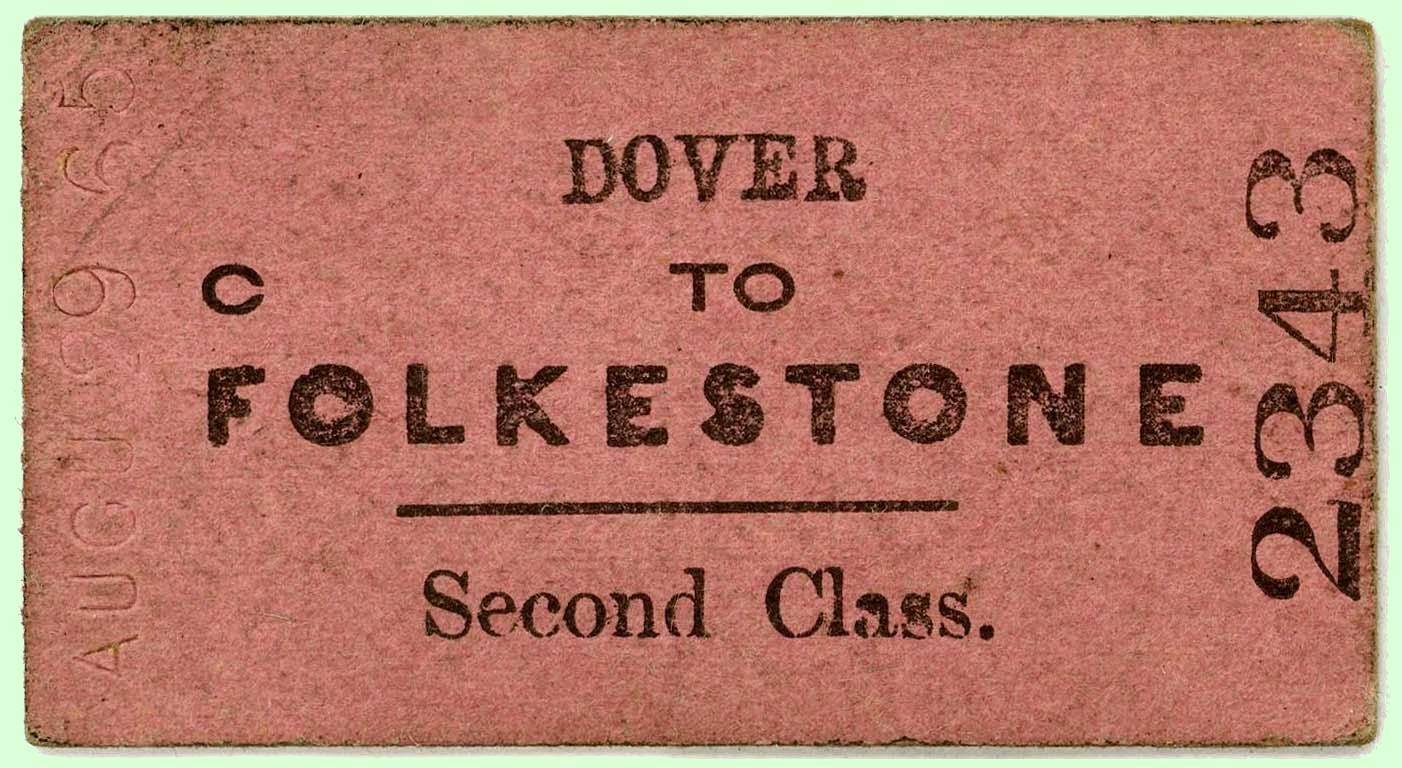
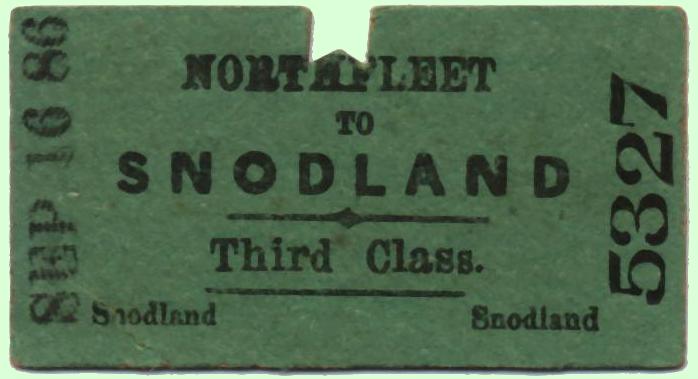
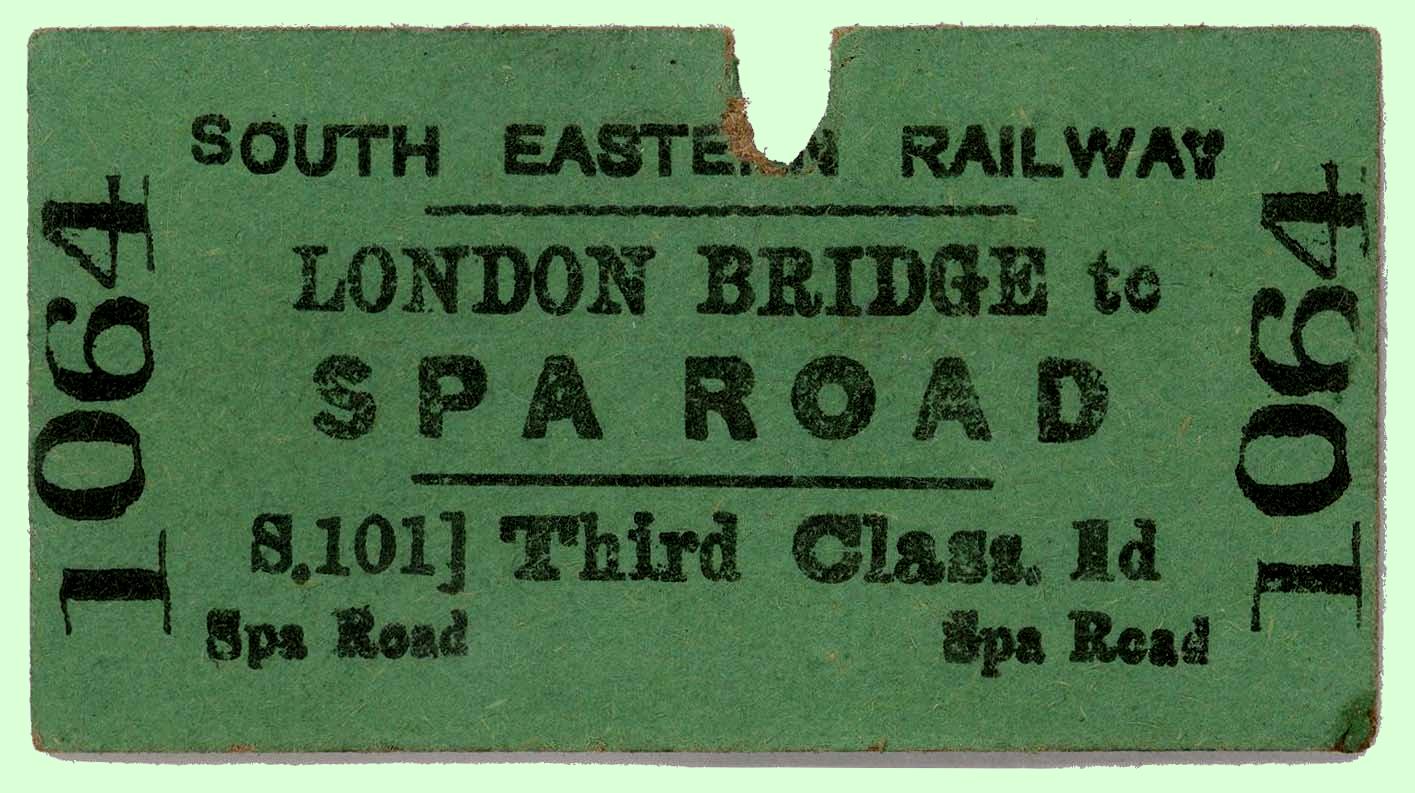
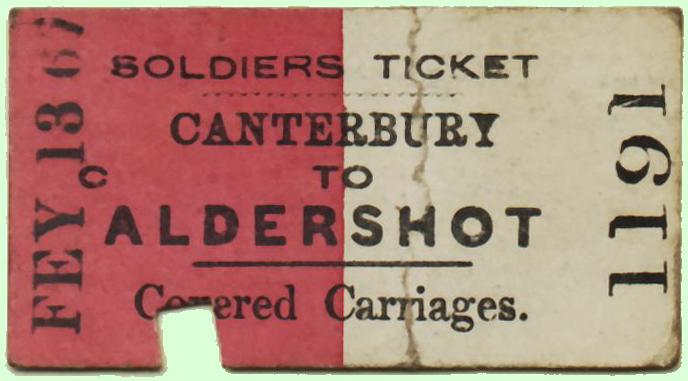
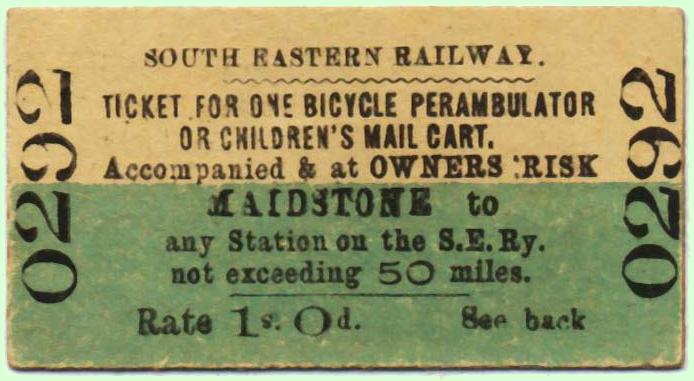
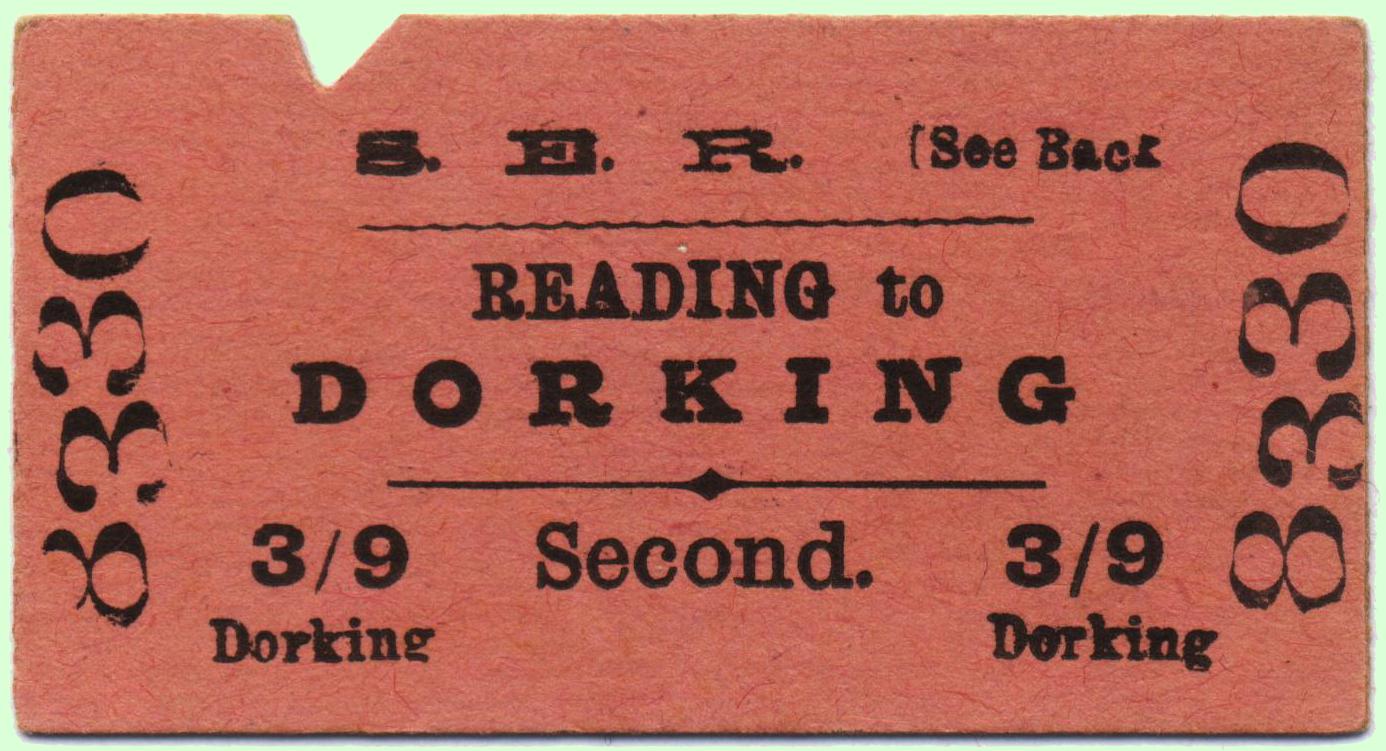
Further reading:
"South Eastern Railway" by Adrian Gray, published in 1990
Middleton Press